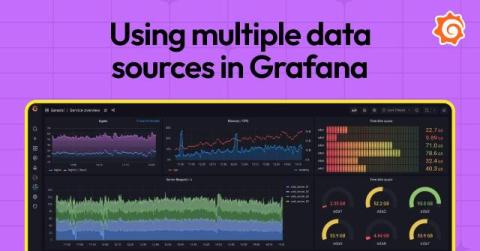No Code Observability with Grafana Beyla and eBPF | Explainer | Grafana
Discover how Grafana Beyla, powered by eBPF, brings no-code observability to your applications, revolutionizing how you manage applications. No more adding agents, redeployment, or tedious code changes! In this video, we break down how Grafana Beyla leverages eBPF (Extended Berkeley Packet Filter) to provide instant, reliable telemetry without touching your app’s code.










